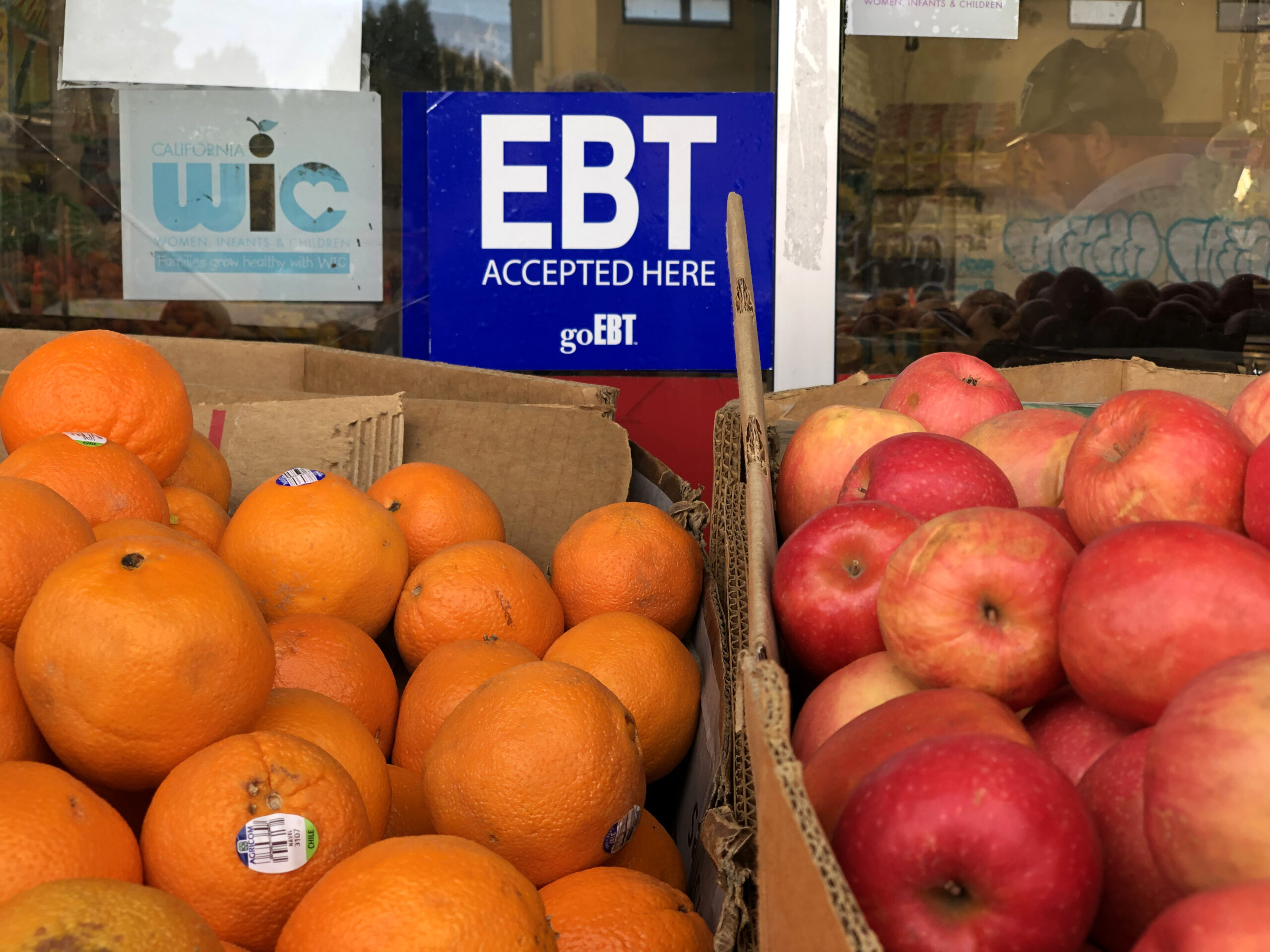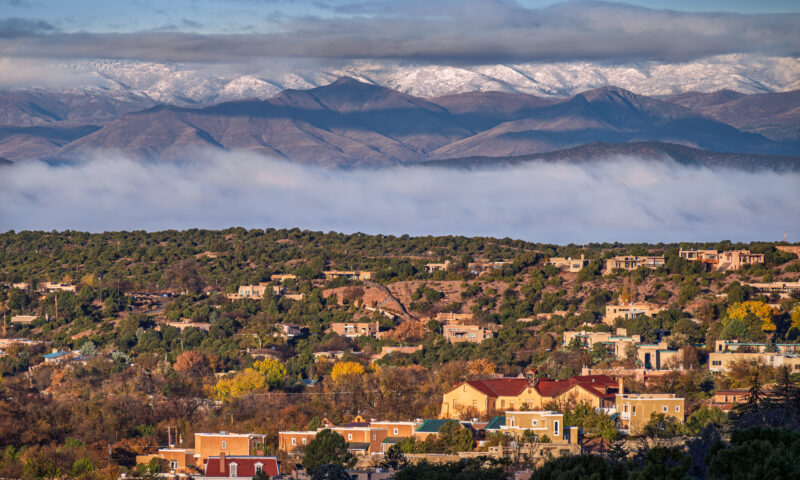Last year, Stephanie Couch had some help getting through the summer months when her two daughters, ages 11 and 14, were out of school. Both girls receive free breakfast and lunch at school, but those meals disappear during the summer. In 2024, the Tennessee resident received Summer EBT — short for electronic benefit transfer — which loads $120 for each child onto a card that parents can use to buy groceries to fill that gap. “It meant a lot,” she said. She was able to buy all of the fruits and vegetables her growing children needed.
This summer looks different: While last year Tennessee and Indiana joined the Summer EBT program, also known as SUN Bucks, this year their Republican governors chose to opt out of the federal program. That left Couch with a lot less money. Some nights, meat was off the table; other times, dinner was just ramen. She’s skipped both meals and bills to get through the summer, sometimes not paying her electricity bill in full or paying her rent late. Her girls have noticed that there’s less food in the house. “When we don’t get nothing to eat, they know,” she said.
Couch, a single mother, works full time as a custodian on the Fort Campbell army base. “I’m not just laying around just waiting on a hand out. I work,” she said. “But I don’t make enough to really cover everything.”
She called her governor’s decision not to participate in Summer EBT this year “wrong,” adding, “How can they not feed the kids?”
In 2020, Congress created Pandemic EBT, a program that sent the parents of children who receive free and reduced-price school meals up to $120 per child, paid for entirely by the federal government, while schools were remote and, after in-person school resumed, during the summer break. Summer EBT, the first new federal food program created in decades, was meant to step in once that program ended to keep money flowing to families during the summer months when their children don’t get fed at school, but states had to opt in and cover half of the cost of administration. Last year was its first year, and 13 states, all with Republican governors, decided not to participate. Indiana and Tennessee weren’t among them. But this year they reversed course and decided to join those states sitting it out. Capital & Main reached out to the governors of both states, as well as the agencies that administered last year’s programs, but did not hear back before publication.
In a statement provided to NBC News, Tennessee Gov. Bill Lee described the Summer EBT program as a pandemic-era program, when in fact it grew out of a USDA pilot program launched in 2011. The USDA’s evaluation found the money reduced food insecurity among American children by a fifth. Tennessee even participated in it in its final year in 2018.
Lee also said the program was “mostly duplicative” because other programs, like the Summer Food Service Program, already existed. That program typically serves free meals to kids at specific sites, but only about one in six eligible children receive meals through it. Couch, for example, works from midday until as late as 11 p.m. on some nights, leaving no time to take her children there.
The existing programs “are not enough to serve the families who need support during the summertime,” said Signe Anderson, senior director of nutrition advocacy at the legal nonprofit Tennessee Justice Center. Some Tennessee counties don’t have any summer meal programs; those that do don’t always operate every day and may open in the middle of a work day. Less than 65,000 Tennessee children participated in summer lunch programs in 2023, compared to the 700,000 children served by Summer EBT last year.
Janice Cleveland’s 17-year-old granddaughter is one of the 700,000 served last year who now isn’t receiving any food assistance. Last summer, Cleveland, who gets by on disability insurance and Social Security income, was able to pay her bills and have enough to feed her granddaughter thanks to Summer EBT. But this year she was confused when the benefits didn’t show up. She called the number on the back of her card and was told her state wasn’t offering the program. “That was a big blow,” she said, adding that she hasn’t been able to afford soap and other necessities. She is unable to take advantage of the pre-selected food at summer meal sites given that she’s diabetic and has a sensitive stomach and has to be very careful about what she eats.
Stories of families losing access to food are widespread. “We’ve heard from parents who haven’t been able to pay [their] bills,” Anderson said. “We often hear from parents who skip meals so their kids can eat during the summer time.”
Instead of participating in Summer EBT, Tennessee created its own program to send one-time $120 payments to 25,000 students in just 15 counties at a cost of $3 million. Running Summer EBT statewide, officials estimated, would have cost about $4 million, though that bill could have been smaller if the state had applied for a $1.1 million federal grant to cover administrative costs.
“The economics of it doesn’t make sense when the state could have reached 700,000 kids across the state,” Anderson said. “It feels almost cruel to do something so limited when you know you could be serving so many more kids.”
Cost may have been a reason that Indiana Gov. Mike Braun didn’t participate in Summer EBT this year, given the state’s $2 billion projected shortfall. But, argued Mark Lynch, director of advocacy at the Indy Hunger Network, the $3.7 million cost was dwarfed by the roughly $80 million in Summer EBT benefits residents would have received and spent.
Braun, who was elected in November, has argued that the previous administration failed to adequately plan for the program’s rollout this summer. Lynch disagrees with that assessment, and said that the program “ran perfectly and smoothly last year.”
The state did improve its summer meal program, allowing families to pick up a week’s worth of food at a site instead of just one meal, Lynch said. But his organization has heard that people have had to wait in lines for as long as three hours to collect their food. Meanwhile, some food distribution sites move from location to location during the summer. “I am sure it was a hassle to some people to have to get to the meal sites instead of just being able to take that $120,” Lynch said.
The loss of Summer EBT doesn’t just hurt families. It hurts the states’ local economies, according to Anderson and Lynch. The U.S. Department of Agriculture estimated Tennessee’s benefits would collectively be worth more than $77 million, while Indiana’s would be over $80 million. Such spending ripples outward: Food stamps, for instance, have an economic “multiplier” of at least 1.5, meaning every dollar spent generates at least $1.50 in economic activity. That’s money that “goes directly into the economy,” Anderson said.
The failure to renew the program also comes ahead of deep benefit cuts to food stamps and Medicaid passed by Republicans in Congress in July. Lynch sees the loss of Summer EBT as the first in a series of benefit reductions Indiana residents will have to absorb. “This is the first time that Hoosiers literally felt money coming out of their pockets,” he said.
Copyright Capital & Main 2025


 StrandedNovember 25, 2025
StrandedNovember 25, 2025
 Column - State of InequalityNovember 28, 2025
Column - State of InequalityNovember 28, 2025
 The SlickNovember 24, 2025
The SlickNovember 24, 2025
 Striking BackDecember 4, 2025
Striking BackDecember 4, 2025
 Latest NewsDecember 8, 2025
Latest NewsDecember 8, 2025
 Latest NewsNovember 26, 2025
Latest NewsNovember 26, 2025
 The SlickDecember 2, 2025
The SlickDecember 2, 2025
 Latest NewsDecember 1, 2025
Latest NewsDecember 1, 2025

